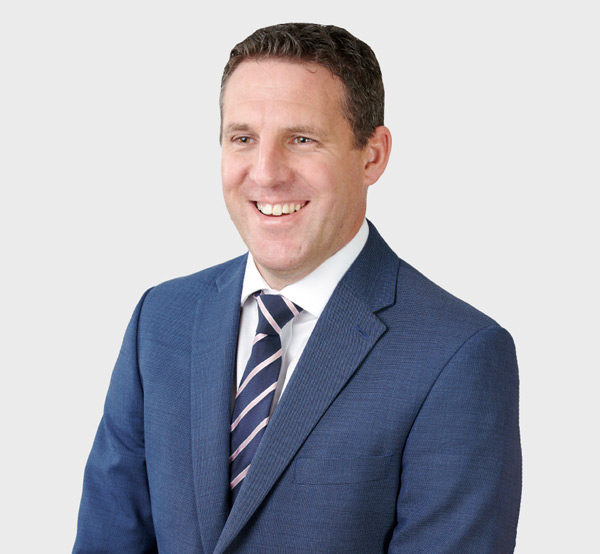Value Added Tax (VAT) is one of the most complex and demanding tax regimes imposed on businesses. So complex, in fact, that many businesses inadvertently overpay or underpay VAT.
However, tax doesn’t have to be complicated. At Ryans, we’re here to make the complex clear for you, which is why we’ve put together this handy guide on how to submit your VAT return.
What is VAT?
VAT is a tax charged on certain goods, services and other ‘taxable supplies’ provided by businesses in the UK.
All VAT registered businesses must complete and submit VAT returns to Her Majesty’s Revenue and Customs (HMRC). Fro many businesses, areas that are taxable include:
- Sales of goods and/or services
- Hire or loan of your goods
- Commission
- Exchanged e.g. swapping a new product for the exchange of the customer’s old one
- Staff sales e.g. employee meals
- Business goods you use personally
- The sale of business assets
Do I Need to Pay VAT?
If your business has a turnover of more than £85,000, you are legally required to register for VAT.
This means you will have to charge VAT on all of the goods and services offered by your business. You can also reclaim VAT on goods and services purchased by your business.
What is the Current VAT Rate?
The current VAT rates are:
| Rate | % of VAT | Applicable to |
| Standard | 20 | The majority of goods and services |
| Reduced | 5 | Select goods and services e.g. power bills |
| Zero | 0 | Zero-rated goods and services e.g. children’s clothes. |
What Is VAT Exempt?
Some services are exempt from VAT, such as:
- Education and training
- Charitable fundraising
- Selling/letting commercial properties
- Insurance and finance service
- Postage stamps
What’s the Difference Between ‘VAT exempt’ and ‘Zero-Rate’?
VAT exempt supplies are not eligible for VAT reclaims, whereas zero-rated supplies are not charged VAT in a traditional way, but at the rate of 0%.
This allows business which supply these types of items and services to recover the VAT on their overheads and costs.
What Can I Reclaim VAT On?
VAT registered businesses can reclaim goods and services that are specifically used for operational purposes. Some examples include:
- Staff travel
- Mobile service plans (for business calls)
- Business vehicles
- Fuel and vehicle maintenance
- Utility bills (for home businesses) for business operating hours only
What Can’t I Reclaim VAT On?
Some things businesses can’t reclaim VAT on include:
- Entertainment costs
- Anything that is purely for private us
- Business assets transferred to you as a going concern
How and When Must I Submit My VAT Return?
You must submit your VAT return to HMRC online and any VAT that is due must be paid electronically. Find out more about how to pay your VAT here.
To do this, you must register online to submit your VAT return.
The due date for your VAT return submission and any payments is usually one month and one week after the end of your VAT period.
Guide to Completing a VAT Return
When it comes to filling in your VAT return, there are some boxes that you will need to complete. Below is a table showing the boxes you are required to complete and how to do so.
Box to be Completed |
How to Complete |
| Box 1. VAT due in this period on sales and other outputs. | To calculate the output VAT that is due for a period, you must first identify the total sales. The second step is to work out the VAT. To do this, divide the total by six and enter this amount into Box 1. |
| Box 2. VAT due in this period on acquisitions from other EC Member States. | This box is only used if items have been purchased from other EC (European Community) countries. The figure is taken from purchases, not sales and any purchases must be multiplied by the rate of VAT (20%). This box is often £0. |
| Box 3. Total VAT due. | Box 3 is the sum of Boex 1 and 2 and it is automatically calculated when the return has been completed. |
| Box 4. Vat reclaimed in this period on purchases and other inputs (including acquisitions form the EC). | Box 4 is the amount of VAT reclaimed from purchases and other expenses (input VAT) made by businesses. |
| Box 5. Net VAT to be paid to HMRC or reclaimed by you. | Box 5 is the difference between boxes 3 and 4 and is automatically calculated when the return has been completed. |
| Box 6. Total value of sales and all other outputs excluding any VAT. Include your Box 8 figure. | Box 6 displays the total value of net sales for the period (excluding VAT). This is calculated by subtracting the total sales from VAT- don’t include pence. |
| Box 7. Total value of purchases and all other inputs excluding any VAT. Include your Box 9 figure. | Box 7 displays the total value of net purchases and expenses for the period (excluding VAT). Don’t include pence. |
| Box 8. Total value of all supplies of goods and related costs (excluding any VAT) to other EC Member States. | Box 8 displays the total value of net sales (goods only) for the period (excluding VAT) to other EC member states. Don’t include pence. This box is often £0. |
| Box 9. Total value of acquisitions of goods and related costs (excluding any VAT) from other EC Member States. | Box 9 shows the total value of net purchases for the period (excluding VAT) from other EC Member States. Do not include pence. This box is often £0. |
Has Brexit Affected VAT?
Following the UK’s departure from the European Union in 2021, importing and exporting goods to and from the continent has become a little more complicated.
This is because countries within the EU are now treated the same as those outside the EU when it comes to VAT, so any goods coming in from the EU and elsewhere must now account for import VAT if valued above £135.
Alternatively, you can use the ‘postponed accounting’ system for VAT which allows you to account for any import VAT using your VAT return instead. This means you won’t have to pay the tax as soon as your goods arrive and then reclaim it.
If your business imports EU goods with a value under £135, you must declare the value added tax on your next VAT return using the reverse charge procedure.
Other Changes to VAT
Up until recently. Making Tax Digital for VAT meant businesses with a taxable turnover of more than £85,000 were required to make digital records of the VAT data and submit their returns digitally. As of April 2022, the rule now applies to all VAT registered businesses
VAT Support with Ryans
The ever widening scope of VAT, the constant stream of detailed changes to the regulations, and the ever growing demands of HMRC call for a trained professional eye to ensure that you do not fall foul of the regulations and don’t end up paying the Exchequer more than you need to!
We provide an efficient cost effective VAT service, which includes:
- Assistance with VAT registration
- Advice on VAT planning and administration
- Use of the most appropriate scheme
- VAT control and reconciliation
- Help with completing VAT returns
- Planning to minimise future problems with HMRC
- Negotiating with HMRC in disputes and representing you at VAT tribunals
To save yourself a job and a half and potentially a lot of money, have a chat with us



